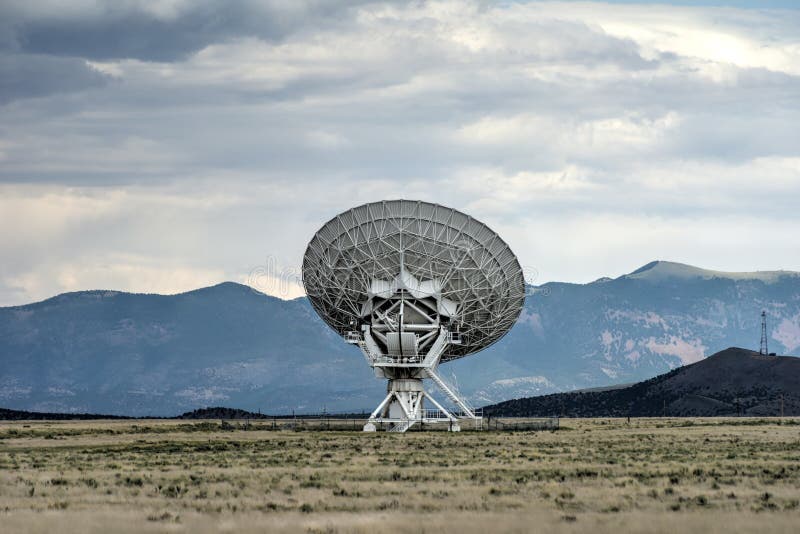

It consists of 27 radio antennas in a Y-shaped configuration on the Plains of San Agustin 50 miles west of Socorro, New Mexico, and about a 2-hour drive south from Albuquerque. The Very Large Array is the most versatile, widely-used radio telescope in the world. From the resort, situated about 8 miles north of the eclipse centerline, you’ll experience more than 4½ minutes of annularity - and you’ll be just a short walk from your room. Statistically, this location offers the greatest likelihood of clear skies anywhere along the path of annularity. The resort also serves as our viewing location for the annular eclipse. Whether you’re seeking high culture, live music, fine dining, or an unforgettable event, you’ll always find what you’re looking for. Enjoy spectacular views well-appointed accommodations golf, tennis, horseback riding, and several other activities (all onsite) a large, fully-equipped spa and gym and easy free-shuttle access to wonderful offsite restaurants and a casino. Reserve now to take part in this exclusive eclipse adventure!Ģ023 New Mexico Annular Eclipse Tour HighlightsĬapitalize on modern comfort and luxury amenities at this secluded 4½-star resort that offers an unparalleled experience in the Land of Enchantment. Itinerary for our 6-day New Mexico annular-eclipse tour.So come along to see the first “ring of fire” solar eclipse since June 2021 in our ultra-comfy Hyatt Regency resort setting, and have an unforgettable Southwestern adventure! Along the way we’ll visit Los Alamos, a vital site in the World War II Manhattan Project, drive through a volcanic caldera, and immerse ourselves in New Mexico’s beautiful vistas. Delve into ancient astronomy at remote Chaco Culture National Historical Park, contemporary radio astronomy at the legendary Very Large Array, and the future of planetary science at Southwestern Indian Polytechnic Institute (SIPI), a community college with a Mars Yard-equipped robotics program. Journeying each day from our posh lodging at the 4-star Hyatt Regency Tamaya Resort & Spa, you’ll explore the far-flung wonders of the Land of Enchantment. The historic home of the Tamaya Pueblo Indians, Santa Ana Pueblo will be the “home base” for a 6-day tour (October 11–16, 2023) that explores many of the amazing natural and astronomical attractions in this Land of Enchantment. Fortunately, Sky & Telescope’s eclipse experts have figured it all out for you!Īs it arcs across the American Southwest, the path of the Moon’s antumbral shadow slices through New Mexico and directly over Santa Ana Pueblo, not far from Albuquerque. The path stretches across all of the Americas - North, Central, and South - so deciding where to go to see it best will be a challenge. On October 14, 2023, the Moon will pass directly in front of the Sun and create the first annular (ring) solar eclipse in more than 2 years. Eliot Herman captured this sequence of images before, during, and after annularity (left to right) on June 10, 2021, aboard Sky & Telescope's chartered jet. But please send an email to to get on the tour’s waitlist. We cultivate excellence, deliver value, enhance education, and engage the public.When the Moon and Sun align to create a “ring of fire” in the sky on October 14, 2023, you can witness this celestial spectacle under the clear blue skies of northern New Mexico from a posh, comfortable resort.

The National Science Foundation (NSF) is an independent federal agency created by Congress in 1950 "to promote the progress of science to advance the national health, prosperity, and welfare to secure the national defense."ĪUI collaborates with the scientific community and research sponsors to plan, build, and operate cutting-edge facilities. NRAO also provides both formal and informal programs in education and public outreach for teachers, students, the general public, and the media. Observing time on NRAO telescopes is available on a competitive basis to qualified scientists after evaluation of research proposals on the basis of scientific merit, the capability of the instruments to do the work, and the availability of the telescope during the requested time. NRAO telescopes are open to all astronomers regardless of institutional or national affiliation. Operated under cooperative agreement by Associated Universities, Inc.įounded in 1956, the NRAO provides state-of-the-art radio telescope facilities for use by the international scientific community. The National Radio Astronomy Observatory is a facility of the National Science Foundation


 0 kommentar(er)
0 kommentar(er)
